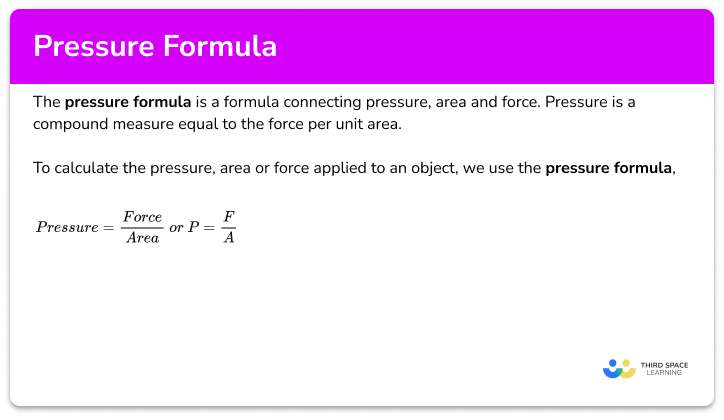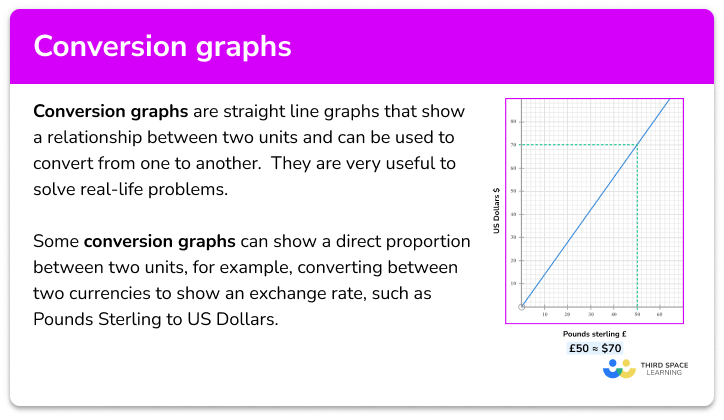FREE DOWNLOAD
Compound Measures Worksheet

Help your students prepare for their Maths GCSE with this free compound measures worksheet of 34 questions and answers
- Section 1 of the compound measures worksheet contains 27 skills-based compound measures questions, in 3 groups to support differentiation
- Section 2 contains 3 applied compound measures questions with a mix of worded problems and deeper problem solving questions
- Section 3 contains 4 foundation and higher level GCSE exam style compound measures questions
- Answers and a mark scheme for all compound measures questions are provided
- Questions follow variation theory with plenty of opportunities for students to work independently at their own level
- All questions created by fully qualified expert secondary maths teachers
- Suitable for GCSE maths revision for AQA, OCR, and Edexcel and WJEC exam boards
Unlock access to download your free resource
You can unsubscribe at any time (each email we send will contain an easy way to unsubscribe). To find out more about how we use your data, see our privacy policy.
Compound measures at a glance
Compound measures are measures that use more than one unit.
Speed (Distance, Time)
Speed is found using the formula Speed = Distance divided by Time. The units for speed are therefore distance per unit of time. Examples include miles per hour or metres per second.
To find the average speed for a whole journey we would calculate the total distance divided by the total time.
Density (Mass, Volume)
Density is calculated using the formula Density – Mass divided by Volume. The units for density are therefore mass per unit of volume. Examples include g/cm3 and kg/m3, since the volume of cuboids, prisms and all 3D objects is measured in cubic units.
Pressure (Force, Area)
Pressure is calculated using the formula Pressure = Force divided by Area. The units are therefore force per unit of area. Examples include N/m2 and Pa (Pascals).
Other compound measures
Other measures that use compound units include rates of pay, for example £15/hour and rates of flow, for example 10 litres/min.
Looking forward, students can then progress to additional ratio and proportion worksheets, for example a ratio worksheet or a simplifying and equivalent ratios worksheet.
For more teaching and learning support on Ratio and Proportion our GCSE maths lessons provide step by step support for all GCSE maths concepts.
Do you have GCSE students who need additional support?

There will be students in your class who require individual attention to help them achieve their target GCSE maths grade. In a class of 30, it’s not always easy to provide.
Help your students feel confident with exam-style questions and the strategies they’ll need to answer them correctly with personalised online one to one tutoring from Third Space Learning
Lessons are selected to provide support where each student needs it most, and specially-trained GCSE maths tutors adapt the pitch and pace of each lesson. This ensures a personalised revision programme that raises grades and boosts confidence.








